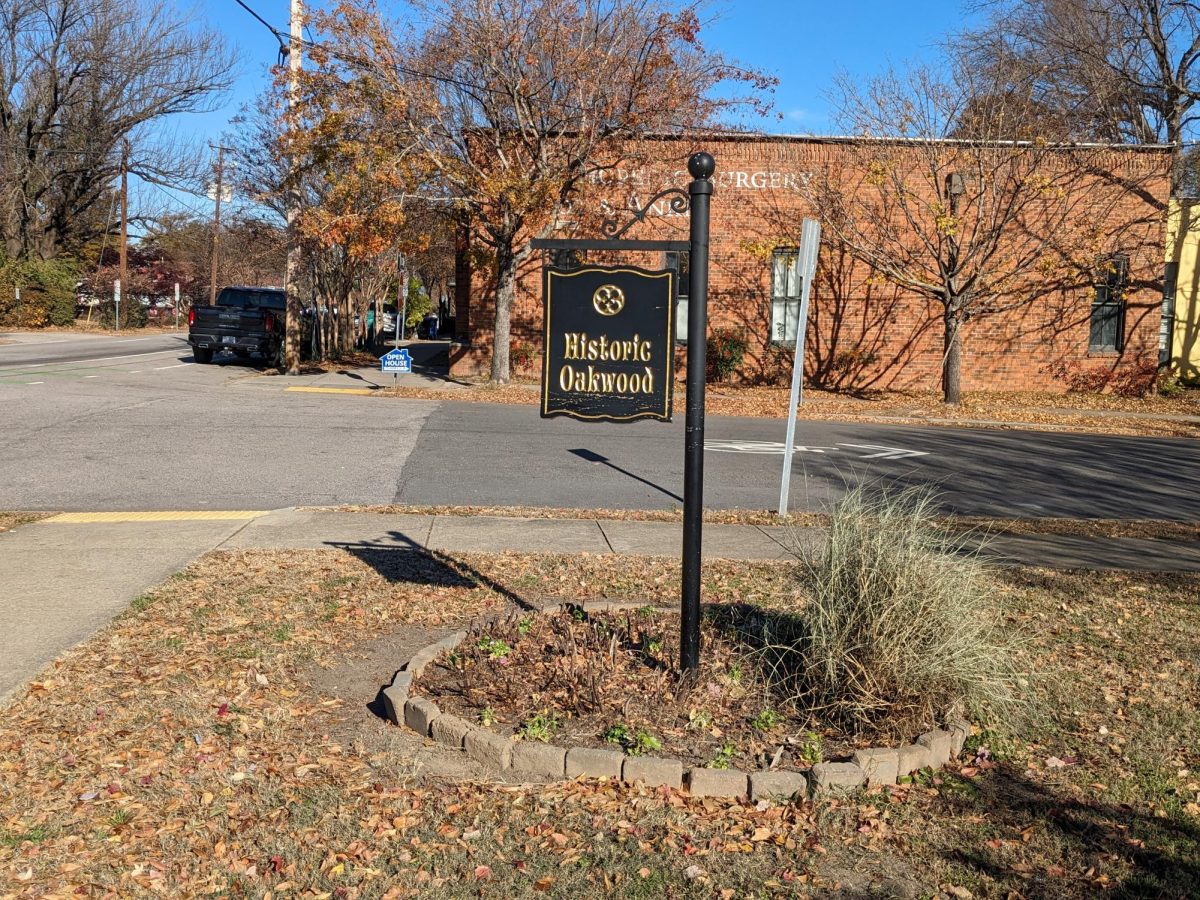
Black History: Authors and Poets

Langston Hughes (1902-1967) was an African American poet, social activist and playwright who was a key figure in the Harlem Renaissance, the cultural and artistic movement that thrived in the 1920s and 1930s. Born in Joplin, Miss., Hughes grew up in Lawrence, Kan., and moved to Cleveland, Ohio, later in life. His early experiences, including travels to Africa and Europe, greatly influenced his later work in literature.
Hughes’s poetry is celebrated for its vivid tellings of Black life and its exploration of racial and social issues in the 1920s and 1930s. His writings often embraced the rhythms of jazz and blues, adding a unique musicality to his verse. In addition to his poetry, Hughes wrote essays, novels and plays, contributing to the fight against racial injustice in his time.
Notable works of his include “The Negro Speaks of Rivers” and “The Weary Blues,” which showcased his deep connection to the Black experience in America. His play “Mulato” addressed the complexities of racial identity, challenging societal norms of the time.
Langston Hughes has left an indelible mark on American literature and civil rights, using his words to advocate for equality and justice in a time without much. His legacy is used to inspire future generations of writers and activists.

Being multi-talented is a skill only a few people can say they have. Maya Angelou has that skill and used it for her people. Being a dancer, singer, scholar and activist are a few of the things she accomplished, but she is well-known for her creative and unique writing style.
In 1928, Marguerite Ann Johnson was born in St. Louis, MO. Due to her parents’ troubling marriage, she lived with her grandmother and older brother, Bailey. After the inevitable divorce, Bailey gave his sister the name “Maya.” From there, Maya went on to live her life fascinated with the art of the written word and the English language. After graduating high school, she went straight to work to support her and her son, whom she had with her now ex-husband, Tosh Angelos.
In 1952, while being a singer and dancer, she divorced Angelos, and created the renowned Maya Angelou. Angelou joined the Harlem Writers Guild and became an activist in the Civil Rights Movement some years later. In 1969, she wrote her first, and best, book ever “I Know Why the Caged Bird Sings” which has been translated into many different languages and has sold millions of copies worldwide. She used her books and platform to talk about many struggles in her life and how we as a nation need to overcome them.
Whether it be discrimination, sexual abuse or many other impactful topics, Angelou used her words to be a voice for others. After doing some acting, writing books and poems and delivering President Bill Clinton’s inauguration in 1993, Angelou sadly passed away in 2014. Her life was well-lived and inspiring to all; having a Presidential Medal of Freedom on top of 10 other awards made her life complete. May she rest in peace.

Amanda Gorman was born on March 7, 1998. She is an American poet and activist who gained international acclaim for her captivating poem, “The Hill We Climb,” which she wrote for and delivered at the inauguration of American President Joe Biden on January 20, 2021. Raised in Los Angeles, Gorman developed a passion for poetry at a young age, winning a regional poetry competition at 16-years-old.
Gorman’s powerful poems address themes of social justice, race and equality. She became the first-ever National Youth Poet Laureate in 2017, using her platform to inspire and advocate for positive change. Gorman graduated cum laude from Harvard University in 2020, majoring in Sociology at the famed Ivy League college.
However, her impact extends beyond poetry; Gorman has been recognized as a symbol of hope and resilience to the youth of America. In addition to her poetic achievements, she has dedicated herself to philanthropy. Her work emphasizes the importance of unity and understanding in the face of societal challenges in the current age.
As a figurehead of the younger generation, Gorman continues to write about the cultural and political discourse, leaving an indelible mark on American poetry and activism alike.

In 1921, Zora Neale Hurston made her entrance into the literary world, but her story started in 1891 when she was born. Living in Eatonville, FL, her life was great with her father Mayor Hurston, mother Lucy Potts, and her eight siblings. Since Eatonville was the first incorporated black township, living in Eatonville allowed her to see pure black power everywhere she went in the city and face no discrimination. She says it was, “a city of five lakes, three croquet courts, three hundred brown skins, three hundred good swimmers, plenty guavas, two schools, and no jailhouse.”
In 1919, Hurston attended Howard University, where she participated in student government and co-founded the school’s illustrious newspaper, “The Hilltop,” starting her writing vocation. After Howard, Hurston went on to Barnard where she befriended writers Langston Hughes and Countee Cullen. They went on to join the Black culture renaissance in Harlem. From there, she went on to be an activist for Black culture, traveling the world to understand the religions of the African diaspora.
In 1920, she started writing her amazing stories, which were ignored at first. After publishing “Jonah’s Gourd Vine” and “Their Eyes Were Watching God” she gained fame around the world and around the souls of people. Now, she has over 20 stories, and even collaborated with Hughes on his play “Mule Bone.” Hurston passed away in 1960, and although it seems like her life was basic, she inspired Black women everywhere and became one of the best writers of the 20th century.









